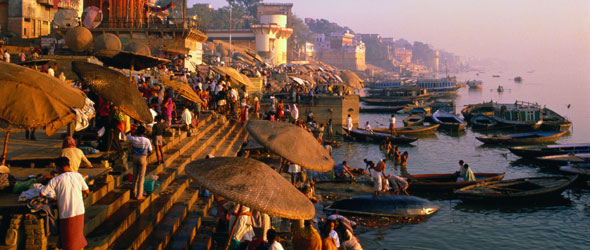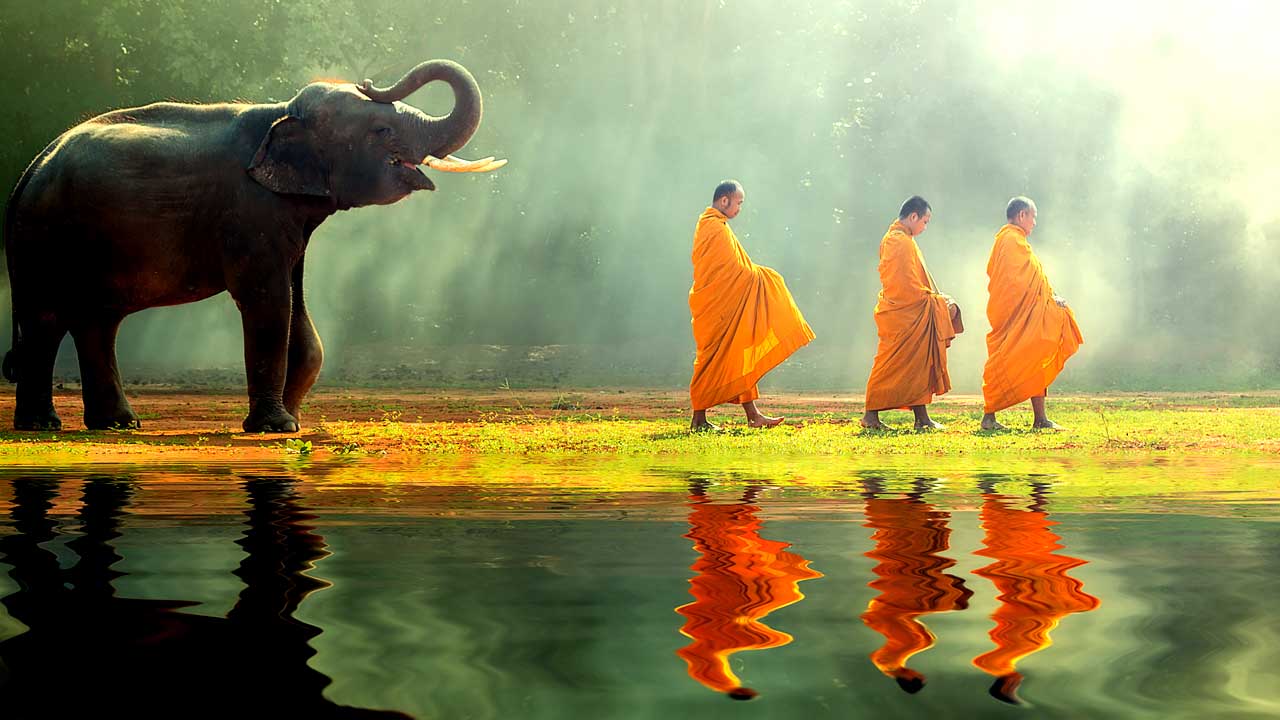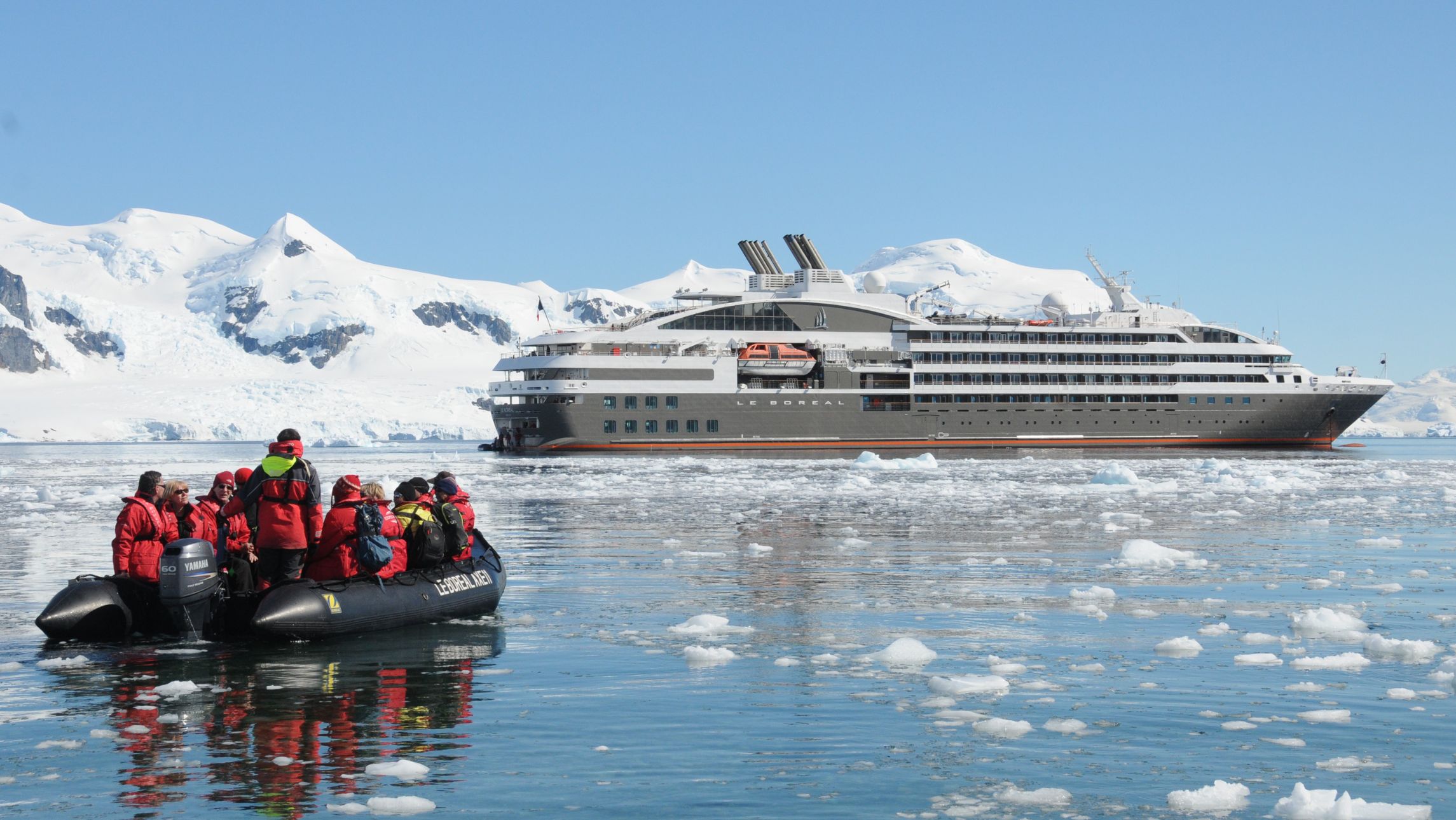Not surprisingly, there’s a widening range of river cruising options across Asia. Myanmar, Thailand, Laos, Cambodia, India, China or even Borneo could be the destination for your next river cruise. Words: David McGonigal.
Myanmar has a fascinating river-cruising history, celebrated in poetry and song. A hundred years ago, for instance, the Irrawaddy River between Yangon (Rangoon) and Mandalay was the fluvial highway for the paddle-wheeled steamers of the Irrawaddy Flotilla Company. This was the ‘Road to Mandalay’ of which Rudyard Kipling wrote “where the flying fishes play”. In 1942, when Japan invaded Burma, the manager of the flotilla company ordered all 600 of its vessels scuttled so that the invaders could not use them.
Now, several cruise companies have returned to the Irrawaddy. Pandaw River Cruises began in 1995 with one Clyde steamer – Pandaw – and has become the largest river-cruise company in South-East Asia.
The Orient-Express vessel Road to Mandalay also faced drama when it was virtually destroyed by Cyclone Nargis in 2008. It was rebuilt, recommencing its voyages in August 2009.
The classic Myanmar river journey is between Yangon and Mandalay, but it’s possible to voyage farther upriver from Mandalay, or to venture onto the Chindwin River. In this little-visited country, the highlight for many is exploring the ruins of the ancient city of Bagan (Pagan), a UNESCO World Heritage site of about 2,500 Buddhist monuments, including numerous temples and pagodas 190 kilometres south of Mandalay.
If you are seeking an out-of-the-way river cruise in Asia, take a look at the Great Riverboat Journeys brochure produced by Active Travel of Sydney and Canberra. For India’s great rivers, it shows an offering by the Assam Bengal Navigation Company.
The Ganges has been described as the lifeblood of India. This revered waterway is home to 350 million-odd people who live along its 2,500-kilometre length, stretching from the heights of the Himalayas to the Bay of Bengal. Two remarkable cities that lie along the river’s banks are Patna, with 3,000 years of fascinating history, and the Holy City of Varanasi, where pilgrims come to bathe below the Old City.
A branch of the Ganges, India’s Hooghly River, passes through Kolkata (Calcutta) and empties into the Bay of Bengal. In a fortnight, you can head upstream 1,300-odd kilometres from Kolkata to Patna on a tranquil river journey.
The other great river on the Indian subcontinent is the Brahmaputra: nearly 3,000 kilometres long, it also rises in the Himalayas and winds through the Tibet autonomous region of China, Assam and Bangladesh before joining the Ganges. There’s even the chance that you may spot a tiger, or the rare and endangered Gangetic or Ganges susu dolphin, in the course of a voyage along this exotic waterway.
The backwaters of Kerala in southern India are becoming increasing popular, with local operators offering an array of houseboat holidays. Touring this maze of lakes and rivers, gliding through a beautiful tropical landscape on a comfortable or luxurious houseboat makes for an exceptional holiday.
If you are heading upstream along the River Kwai from the Gulf of Thailand, the river splits at Kanchanaburi into two waterways: Kwai Yai and Kwai Nor. It was across the Kwai Yai that Allied prisoners of war held by Japanese troops built two infamous bridges, one of which is still standing. Various cruises ply the river Kwai Nor past Hellfire Pass.
Part of Thailand’s border is the Mekong River: this mighty tributary rises in Tibet and, over almost 5,000 kilometres, passes through China, Myanmar, Laos, Thailand, Cambodia and Vietnam. The Mekong, as it flows through Laos, passes the charming small northern capital, Luang Prabang – nearly 350 kilometres from Vientiane and formerly the royal capital – where monks still crowd the streets. Farther downstream, the landscape and the river open up to peaceful Si Phan Don, the Four Thousand Islands.
Vietnam’s Mekong Delta, where the river meets the South China Sea, is known as the ‘nine dragons’. It takes about a week to travel upstream from the sea to Cambodia’s Phnom Penh and then to Siem Reap and Angkor Wat. This is an area in which several new luxury vessels operate.
Travel literati will know Redmond O’Hanlon’s entertaining Into the Heart of Borneo: it was based on a journey taken along Borneo’s Rajang River. Only about 250 kilometres of this river is navigable for cruising and is found in the Malaysian state of Sarawak. It is home to the Iban people, who still live in longhouses in the riverside jungle. The biggest city on the river is the Chinese trading town Sibu which, like much of Borneo, gives a glimpse of how Asia must have been 50 years ago.
The Yangtze River is the core of China’s river-cruise business. It’s the world’s third-longest river, flowing for more than 6,300 kilometres from its source high in the Tibetan Himalayas to the China Sea north of Shanghai. Remarkably, ocean-going vessels can travel more than 1,000 kilometres upstream along the Yangtze from the sea.
The sector of the river around Three Gorges Dam (the world’s largest hydro-electricity project) is the most popular for river cruising. While some historical sites and towns have been submerged and many former residents have been moved to new cities, the higher water level has made the scenic areas of the Lesser Three Gorges more accessible. Unlike those in Europe, river-cruise vessels along the Yangtze are not constrained by low bridges and narrow locks, so we’re seeing larger vessels gradually being built.








